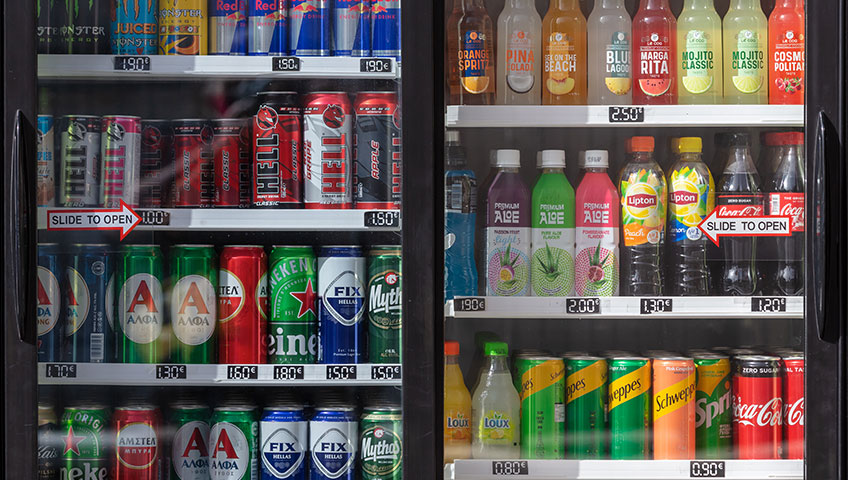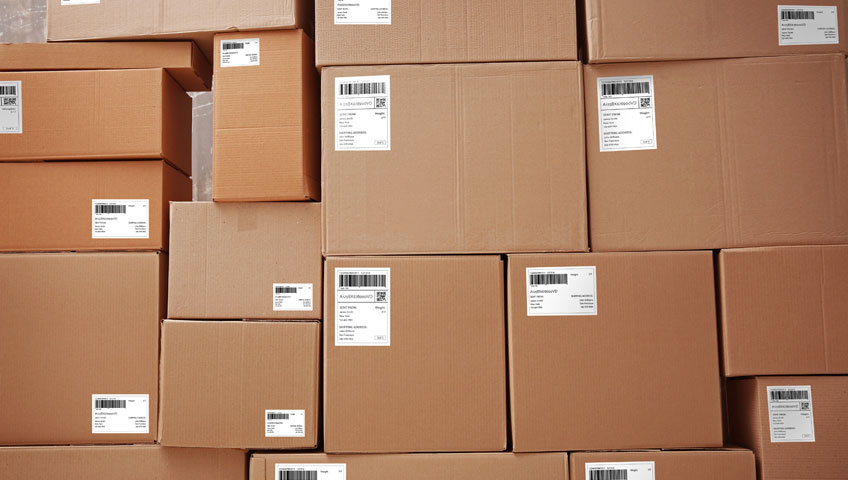
Everything You Need To Know About Labeling Requirements for Hard Liquor and Distilled Spirits
Each year, the Alcohol and Tobacco Tax and Trade Bureau (TTB) conducts the Alcohol Beverage Sampling Program (ABSP). This program gathers a random selection of spirits and tests them for compliance. Of the bottles selected, 40% are deemed to be in violation of labeling regulations in some fashion.
Which TTB label requirements are most commonly violated, and how can you avoid mistakes on your distilled spirits labels? Let’s take a look! Read more













